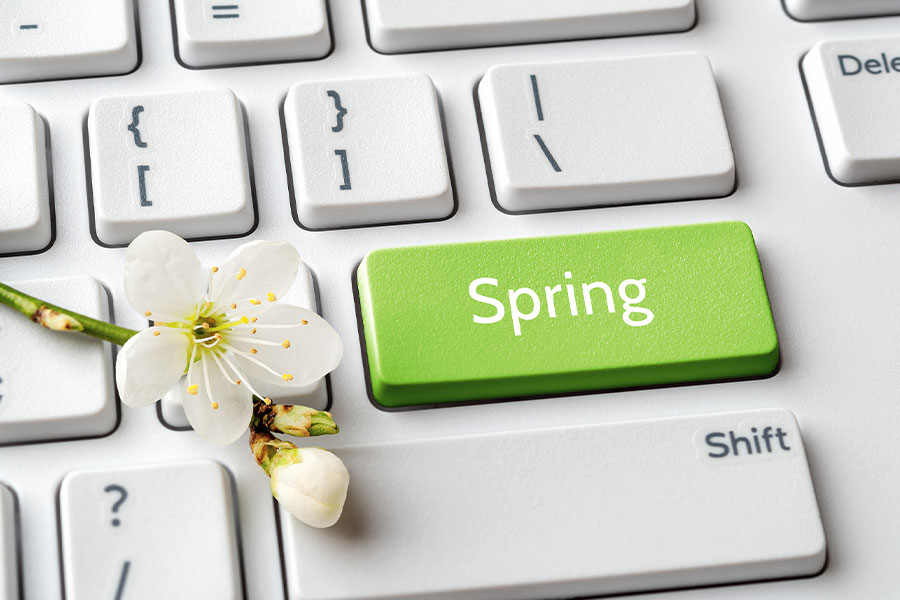Bringing Inactive Subscribers Back into Your Inbox
In the ever-evolving realm of email marketing, building a subscriber list is just the first step. What truly matters is maintaining an engaged and active audience. Email marketing is a powerful tool for businesses to connect with their audience, but it’s not just about growing your subscriber list. Equally important is the ability to keep your subscribers engaged and interested in your content. Over time, it’s common to have subscribers who become inactive, which can be detrimental to your email marketing efforts. However, there are effective strategies to win back these inactive subscribers and rekindle their interest in your brand.
The Challenge of Inactive Subscribers
Before delving into re-engagement strategies, it’s essential to understand why subscribers become inactive. There are various reasons, such as changing interests, inbox clutter, or other distractions that shift their focus. Regardless of the cause, it’s crucial to address this issue because inactive subscribers can harm your email deliverability and engagement rates.
Segment Your List
The first step in re-engagement is segmenting your subscriber list. Not all inactive subscribers are the same, and they might require different approaches to win them back. Segment your list based on various criteria such as purchase history, demographics, and engagement history. This segmentation will allow you to tailor your re-engagement strategies more effectively.
Personalized Messaging
Once you’ve segmented your list, it’s time to create personalized messaging for each group of inactive subscribers. Personalization is a powerful tool in email marketing and can significantly increase your chances of re-engagement. Use the subscriber’s name, reference past interactions, and recommend products or content based on their previous behavior.
Crafting a compelling subject line is crucial to grabbing their attention. For example, use a subject line like “We Miss You! Here’s Something Just for You” to pique their curiosity and encourage them to open the email.
Surveys and Feedback
Sometimes, you need to ask for feedback directly to understand why subscribers became inactive. Send out surveys or feedback forms to gather insights into their preferences, interests, and pain points. This not only helps you tailor your future content but also shows your subscribers that you value their opinions. In your re-engagement email, include a clear call to action (CTA) that directs them to the survey or feedback form. Offer an incentive, such as a discount or a chance to win a prize, to encourage their participation.
A/B Testing
A/B testing is a valuable tool in re-engagement campaigns. Test different elements of your emails, such as subject lines, content, images, and CTAs, to determine what resonates most with your inactive subscribers. Use this data to refine your re-engagement emails and improve their effectiveness. For instance, you could send one group of inactive subscribers an email with a subject line focused on discounts and another group an email highlighting exclusive content. Analyze the results to see which approach generates a better response.
Providing Value
Ultimately, the key to re-engagement is providing value to your subscribers. Show them why they should continue to be a part of your email list. Share informative content, exclusive offers, or early access to new products or services. Make sure that every email you send provides a clear benefit to the recipient. Consider sending a series of re-engagement emails, gradually increasing the value you provide. Start with a friendly reminder of your brand and then escalate to more enticing offers and content. Be sure to emphasize how your brand can meet their needs or solve their problems.
The Importance of Re-Engagement
Re-engagement strategies are essential for several reasons:
- Improved Deliverability: Keeping your list clean and engaged helps maintain a good sender reputation, which, in turn, ensures your emails land in the primary inbox rather than the spam folder.
- Cost-Effective: Re-engaging inactive subscribers is often more cost-effective than acquiring new ones. You’ve already invested in acquiring them, so winning them back can yield higher returns.
- Increased Revenue: Re-engaging inactive subscribers can lead to increased sales and revenue. These subscribers were interested in your brand at some point and rekindling that interest can translate into purchases.
- Brand Loyalty: By trying to win back inactive subscribers, you show that you value their engagement and loyalty. This can foster stronger brand loyalty over time.
As a final thought, re-engagement strategies are a vital component of any successful email marketing campaign. By segmenting your list, personalizing your messaging, collecting feedback, A/B testing, and consistently providing value to your subscribers, you can rekindle the interest of inactive subscribers and turn them into loyal customers once again. Don’t let your inactive subscribers go to waste; instead, use these creative tactics to cultivate them back and strengthen your email marketing efforts. If you’d like personalized guidance and support for your email marketing needs, we invite you to connect with us to unlock these invaluable strategies and breathe new life into your email marketing campaigns. We are here to help you every step of the way!










